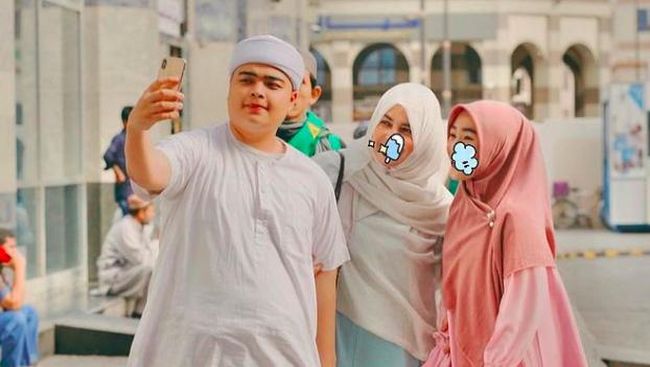Composed of a hundred pieces, mainly magazines and books of the time, this first heritage exhibition on the comic book universe of the Big Island, is not a minor event for historians and researchers. Lined with a catalog compiled by the curator, Christophe Cassiau-Haurie, the exhibition is part of the program of SoBD 2021, which will put Malagasy comics in the spotlight from December 3 to 5 for its 11th edition.
The 1980s are considered in French-speaking Europe as a troubled moment, preceding the effervescence of independent publishing of the following decade. It is not the same in Madagascar …
Although the history of Malagasy comics has its origins in the early 1950s, it was the gradual opening of the country to foreign influences in the late 1970s that gave rise to the arrival of a large number of cartoons [1] French and Italian translated. In this way, giving rise to a process unique in the region, of assimilation and reinterpretation of foreign cultural products.
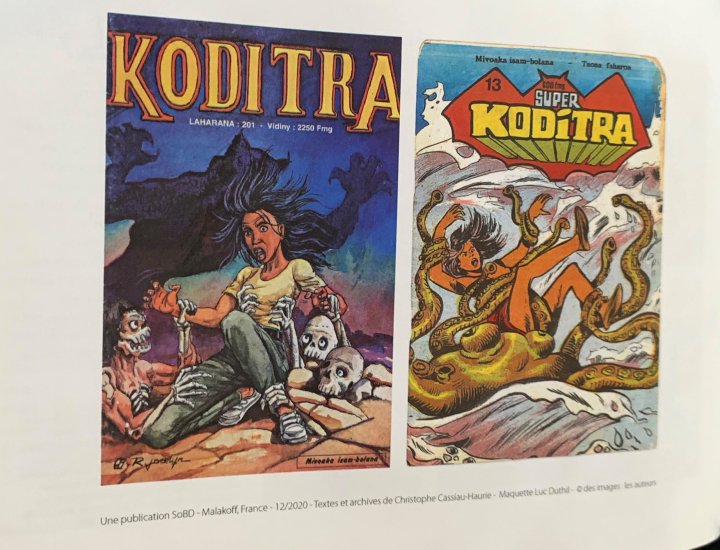
As for many countries that belonged to the Eastern Bloc, the 1980s were crossed by a great cultural effervescence on the Red Island. At that time, the average print run often reached 3,000 copies available in comic books and magazines mainly. This effervescence reached its peak in 1989 when there were up to twenty-eight editorial structures producing around thirty monthly publications.
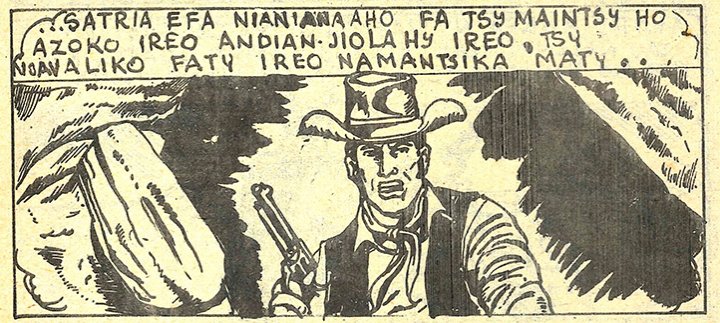
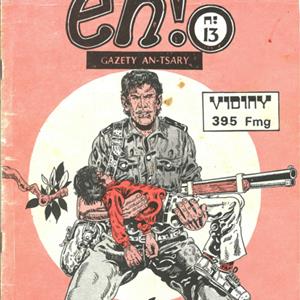 An unprecedented episode in the African continent, the diversity and profusion of Malagasy comics remains, to this day, a unique phenomenon. The published magazines (Danz, Avotra, Benandro, …) launched a number of young authors, who knew how to translate the culture of comic books and popular cinema of the time, full of cowboys, werewolves, masters karate and many other creatures pulp, to create national heroes such Benandro, from Richard Rabesandratana, who defended the good people of the island with his dexterity in martial arts for ten years. As well as legendary creators, such Thank you (illustration on the right), which will attend the next SoBD. The vast majority of the titles were in Malagasy (with Arab-Malagasy characters) or in bilingual version and few hardback albums were published.
An unprecedented episode in the African continent, the diversity and profusion of Malagasy comics remains, to this day, a unique phenomenon. The published magazines (Danz, Avotra, Benandro, …) launched a number of young authors, who knew how to translate the culture of comic books and popular cinema of the time, full of cowboys, werewolves, masters karate and many other creatures pulp, to create national heroes such Benandro, from Richard Rabesandratana, who defended the good people of the island with his dexterity in martial arts for ten years. As well as legendary creators, such Thank you (illustration on the right), which will attend the next SoBD. The vast majority of the titles were in Malagasy (with Arab-Malagasy characters) or in bilingual version and few hardback albums were published.
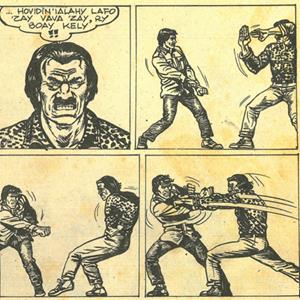
The golden age of Madagascan comics lasted a dozen years, since from 1991, successive crises gave rise to its inevitable decline. Purchasing power is falling and the practice of “renting” albums is ruining creators. In a context of structural crisis, the main publishing houses (Tsileondriaka, Danz, EH!) Are closing their doors and the adventure of cartoons Malagasy comes to an inglorious end.
Exposition heritage not to be missed, visitors will have a unique opportunity to discover a rich and complex universe where the processes of interbreeding and visual decolonization have followed their own path in the creation of a network of sophisticated indigenous symbols, much more innovative to in certain respects than contemporary productions, closer to well-meaning moralism than to artistic creation.
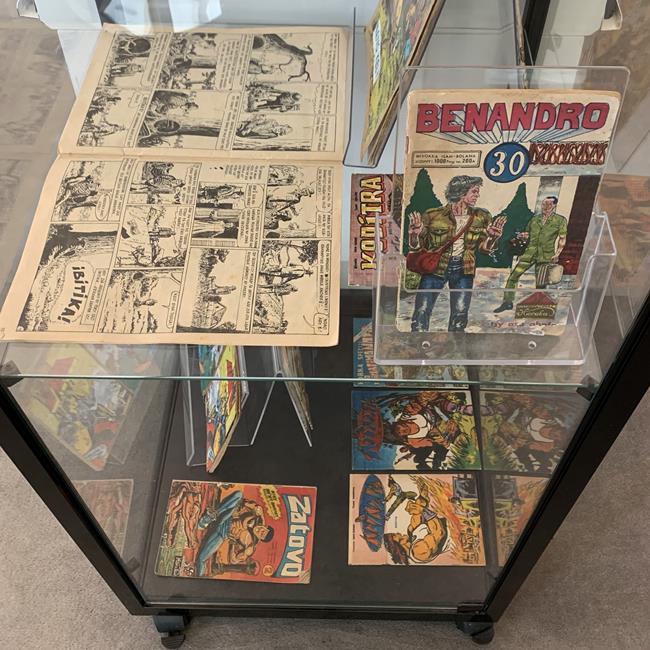
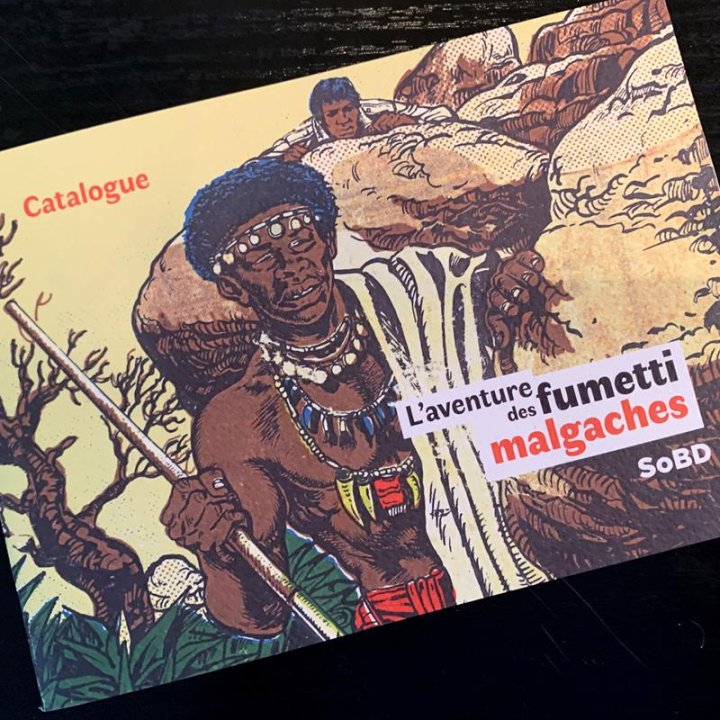
–
This article remains the property of its author and may not be reproduced without his permission.


